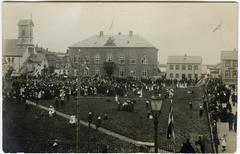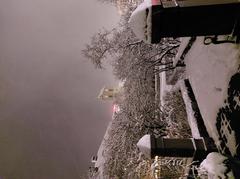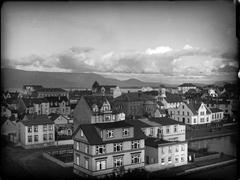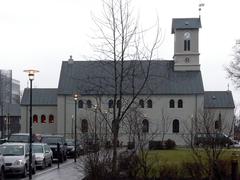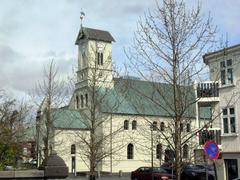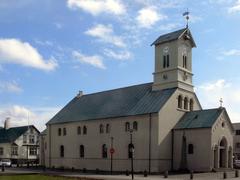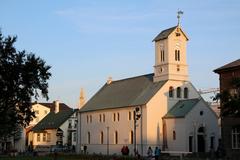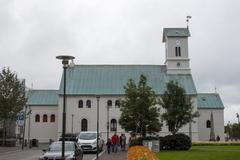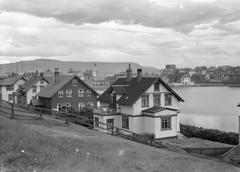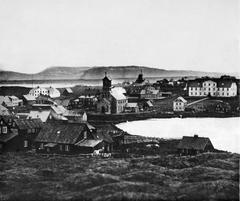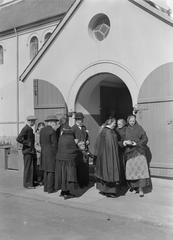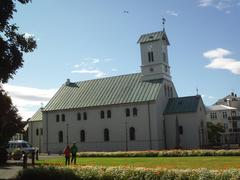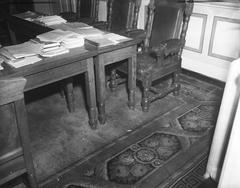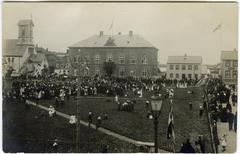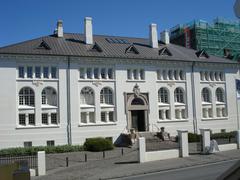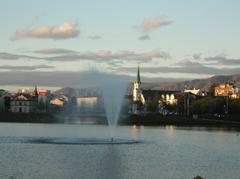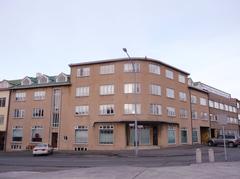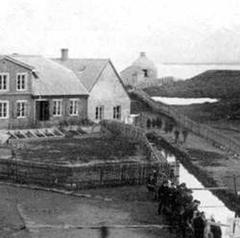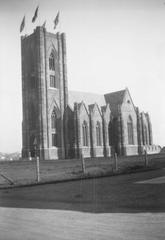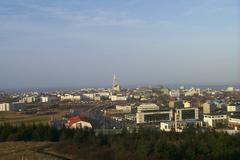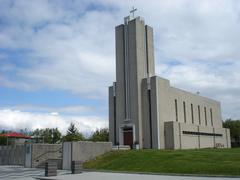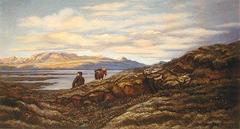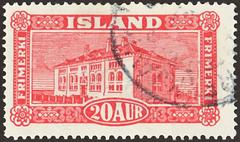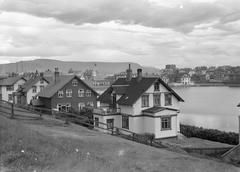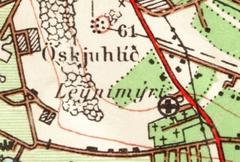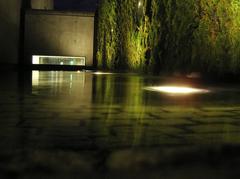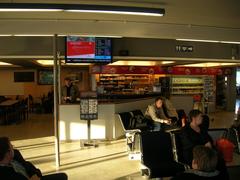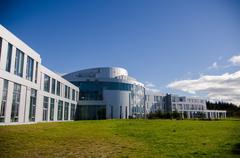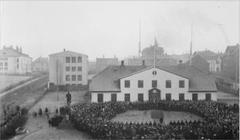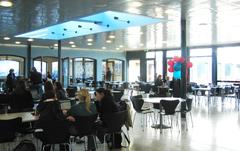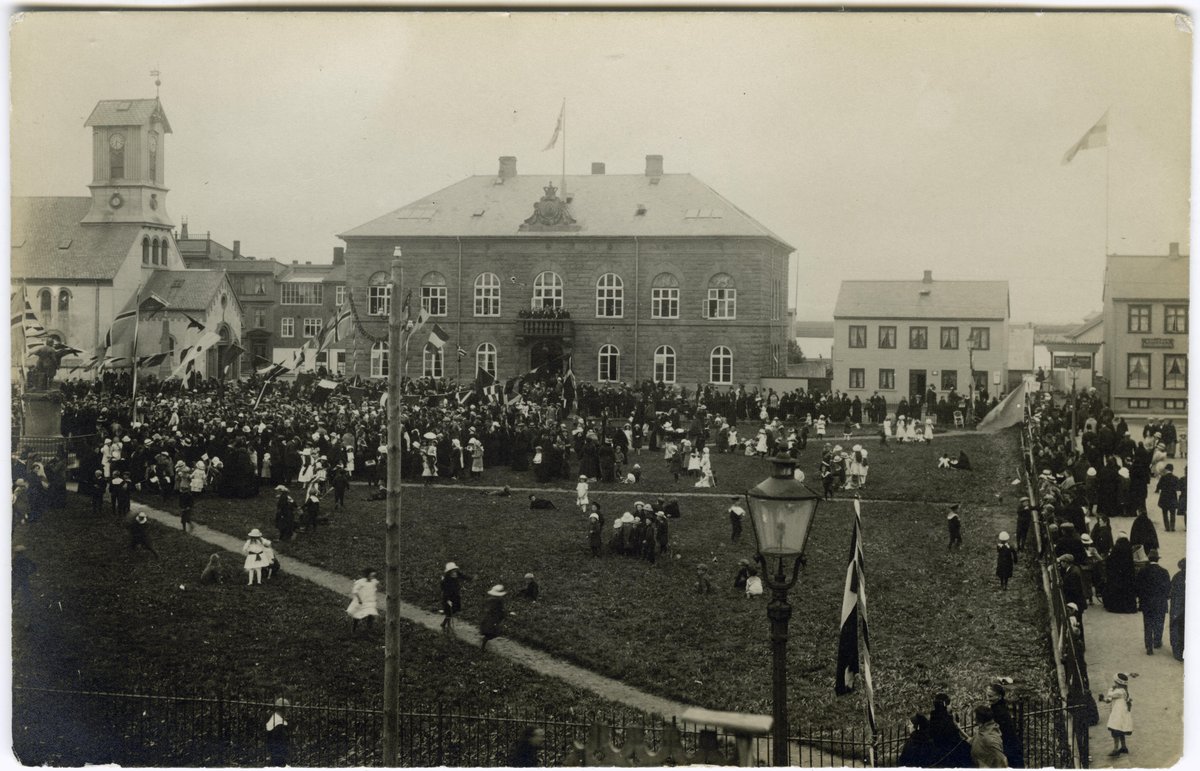
Reykjavík Cathedral Visiting Hours, Tickets, and Historical Sites Guide
Date: 14/06/2025
Introduction
Reykjavík Cathedral (Dómkirkjan í Reykjavík) stands at the spiritual and civic heart of Iceland’s capital. As a cornerstone of Icelandic history, culture, and national identity, the cathedral is both a living place of worship and a symbol of the nation’s evolution. Completed in 1796 and designed in the neoclassical style by Danish architect Andreas J. Upcher, it has witnessed pivotal moments in Iceland’s past—from the establishment of Reykjavík as the nation’s capital, to the first sessions of the restored Alþingi, and the celebration of Iceland’s independence.
Visitors to Reykjavík Cathedral can expect to explore a site rich in architectural beauty and historical resonance. With free admission, central location, and daily opening hours, the cathedral is both accessible and welcoming to tourists and locals alike. Guided tours, concerts, and national events further enhance the visitor experience, offering unique insights into Iceland’s religious and cultural traditions. This guide offers a detailed overview of the cathedral’s history, architecture, cultural significance, practical visitor information, and tips to make the most of your visit. For further information, consult the official Reykjavík Cathedral website and trusted tourism resources (visitreykjavik.is, Introducing Iceland).
Table of Contents
- Historical Overview
- Religious, Cultural, and Political Significance
- Notable Events and Milestones
- Visiting Reykjavík Cathedral
- Architectural and Artistic Highlights
- Preservation and Restoration
- Reykjavík Cathedral and Icelandic Church Architecture: A Comparative View
- Community and Parish Life
- FAQs
- Summary and Visitor Recommendations
- References
Historical Overview
Origins and Early History
The site of Reykjavík Cathedral traces its religious roots back to the 13th century, when a church known as Víkurkirkja stood in what would become Reykjavík’s city center (visitreykjavik.is). For centuries, Reykjavík was a small, scattered settlement; its transformation into a town accelerated in the late 18th century with the growth of the wool industry and the granting of town rights in 1786 (guidetoiceland.is).
A series of devastating earthquakes in 1784–1785 destroyed the bishop’s seat at Skálholt, prompting the Danish authorities to relocate the bishopric to Reykjavík—a strategic decision that would help define the city’s future as Iceland’s capital (lup.lub.lu.se).
Construction and Architectural Evolution
Constructed between 1787 and 1796, Reykjavík Cathedral was the first building dedicated to the city’s new role as the nation’s administrative and spiritual center (visitreykjavik.is). Designed by Andreas J. Upcher, the building’s neoclassical style—marked by clean lines, pale façade, and modest bell tower—reflected both Iceland’s ambitions and the practical constraints of the era (yourfriendinreykjavik.com). Over the centuries, the cathedral has been carefully preserved and renovated, maintaining its original character while accommodating a growing congregation.
Religious, Cultural, and Political Significance
As the mother church of the Evangelical Lutheran Church of Iceland and the seat of the Bishop of Iceland, Dómkirkjan í Reykjavík is a central institution in Icelandic religious life (adventures.is). The cathedral’s establishment unified the historic bishoprics of Skálholt and Hólar, marking Reykjavík as the epicenter of Icelandic spirituality and national identity (lup.lub.lu.se).
Located beside the Alþingishúsið (Parliament House) in Austurvöllur Square, the cathedral has long served as the stage for significant national and political events. Each session of the Alþingi begins with a Mass at the cathedral, and the bells have marked key moments such as the declaration of the Republic in 1944 (yourfriendinreykjavik.com).
Beyond politics, the cathedral has also fostered Icelandic culture and learning. For decades, its attic housed the National Museum, National Archives, and the Icelandic Literary Society, nurturing Iceland’s cultural heritage and intellectual life (domkirkjan.is).
Notable Events and Milestones
- 1796: Cathedral consecration, symbolizing Reykjavík’s emergence as Iceland’s capital
- 1845: Hosted the first session of the restored Alþingi
- 19th–20th centuries: Served as home to key cultural institutions and Jón Sigurðsson’s office
- 1944: Cathedral bells celebrated the proclamation of the Republic of Iceland
- Present: Annual parliamentary openings, state ceremonies, concerts, and cultural events
Visiting Reykjavík Cathedral
Location and Accessibility
The cathedral is centrally located at Kirkjustræti, directly adjacent to the Parliament House and Austurvöllur Square, and within walking distance of Tjörnin lake and other major sites (Introducing Iceland; Full Suitcase). Public transport (bus lines 1, 3, 6, 11, 12, 13, 14) and taxis provide easy access for visitors across the city.
Visiting Hours and Tickets
- Opening Hours: Daily from 10:00 AM to 2:00 PM (Introducing Iceland), though hours may vary for holidays or special events.
- Admission: Free, with donations appreciated for maintenance and preservation. No tickets or reservations required.
Guided Tours and Special Events
Guided tours are offered, particularly during the summer season or major cultural events. These tours provide in-depth history, architectural insights, and stories of national significance. The cathedral also hosts concerts, religious festivals, and state ceremonies. Check the official website for event schedules.
Photography Tips
Photography for personal use is welcome. The best exterior shots are from Austurvöllur Square and near the Parliament House; interior photography is permitted, but be respectful during services and avoid flash.
Architectural and Artistic Highlights
Architectural Style and Exterior
The cathedral’s neoclassical simplicity is characterized by a pale exterior, symmetrical lines, and a small bell tower. Its modest, human-scaled proportions set it apart from the dramatic Expressionist style of Hallgrímskirkja, offering a sense of intimacy and community (blog.onevasco.com).
Interior Design and Artistic Features
Inside, the cathedral is bright, serene, and welcoming. Notable artistic elements include:
- Altarpiece: Painted in 1847 by G. T. Wegener, it is replicated in several Icelandic churches.
- Baptismal Font: Crafted from Italian marble by Bertel Thorvaldsen, a Danish sculptor of Icelandic descent.
- Altar Antependium: Decorated with gilded silver and Icelandic agate by Halldór Kristinsson (1956).
- Organ: Built in 1985 by Karl Schuke of Berlin, with three manuals and 31 independent voices.
- Processional Cross: Designed by Leifur Breidfjord, donated for the cathedral’s bicentenary.
- Pipe Organ: Installed in 1985, frequently used for concerts and services (blog.onevasco.com).
The cathedral also features commemorative plaques, including one for Jón Sigurðsson, reinforcing its role as a repository of national memory.
Preservation and Restoration
The cathedral has undergone several restoration projects to maintain its historical character and structural integrity, focusing on preserving original materials and artistic details. These conservation efforts ensure the building remains a vibrant part of Iceland’s heritage.
Reykjavík Cathedral and Icelandic Church Architecture: A Comparative View
While Hallgrímskirkja dominates Reykjavík’s skyline with its modernist grandeur, Dómkirkjan’s neoclassical style and modest scale reflect an earlier era of Icelandic architecture (www.laidbacktrip.com). The cathedral’s clarity, proportion, and sense of community have influenced later church designs across the country.
Community and Parish Life
Despite its national prominence, Reykjavík Cathedral is an active parish church, serving the local community with regular Lutheran services, concerts, educational programs, and social activities (domkirkjan.is). The open house on Thursdays, children’s groups, and senior gatherings underscore its community-centered mission.
Frequently Asked Questions (FAQ)
Q: What are Reykjavík Cathedral’s visiting hours?
A: Open daily from 10:00 AM to 2:00 PM; hours may vary for holidays or events.
Q: Is there an admission fee?
A: Admission is free; donations are appreciated.
Q: Are guided tours available?
A: Yes, particularly in summer and during special events. Check the official website for details.
Q: Is the cathedral wheelchair accessible?
A: Yes, the main entrance and nave are generally accessible.
Q: Can I attend a service or concert?
A: Yes, services are open to all; concerts and events are often held, especially in summer.
Q: Is photography permitted?
A: Yes, for personal use. Be respectful during services and avoid flash.
Visitor Recommendations and Practical Tips
- Best Time to Visit: Mornings for a quiet experience and optimal lighting; national holidays for cultural immersion.
- Combine with Nearby Attractions: Include the Parliament House, Tjörnin lake, City Hall, and the Settlement Exhibition in your itinerary.
- Duration: 15–30 minutes for a typical visit; longer if attending a service or concert.
- Local Etiquette: Dress modestly, remain quiet during services, and be respectful of the space.
- Accessibility: Central location and public transport make it easy to reach; most areas are accessible to those with mobility challenges.
Summary
Reykjavík Cathedral is a living monument at the core of Iceland’s religious, cultural, and national life. Its neoclassical elegance, storied history, and active community role make it an essential stop for any visitor to Reykjavík. With free admission, central location, and a welcoming atmosphere, the cathedral offers a unique opportunity to engage with Iceland’s heritage. Consult the official website and trusted travel guides before your visit, and consider attending a service or special event for a deeper cultural experience.
References
- Reykjavík Cathedral: A Historical and Cultural Landmark to Visit in Iceland
- A History of Reykjavík
- Historical and Architectural Study
- Top 20 Churches in Iceland
- Reykjavík Cathedral Overview
- Churches of Iceland
- Things to Do in Reykjavík
- Reykjavík Cathedral at Introducing Iceland
- Best Things to Do in Reykjavík
- Reykjavík Cathedral Wikipedia
- Most Historic Buildings and Sites in Reykjavík
- Official Reykjavík Cathedral Website
For more travel inspiration, download the Audiala app for guided tours, explore our articles on Iceland’s historic sites, and follow us on social media for the latest updates and tips.
